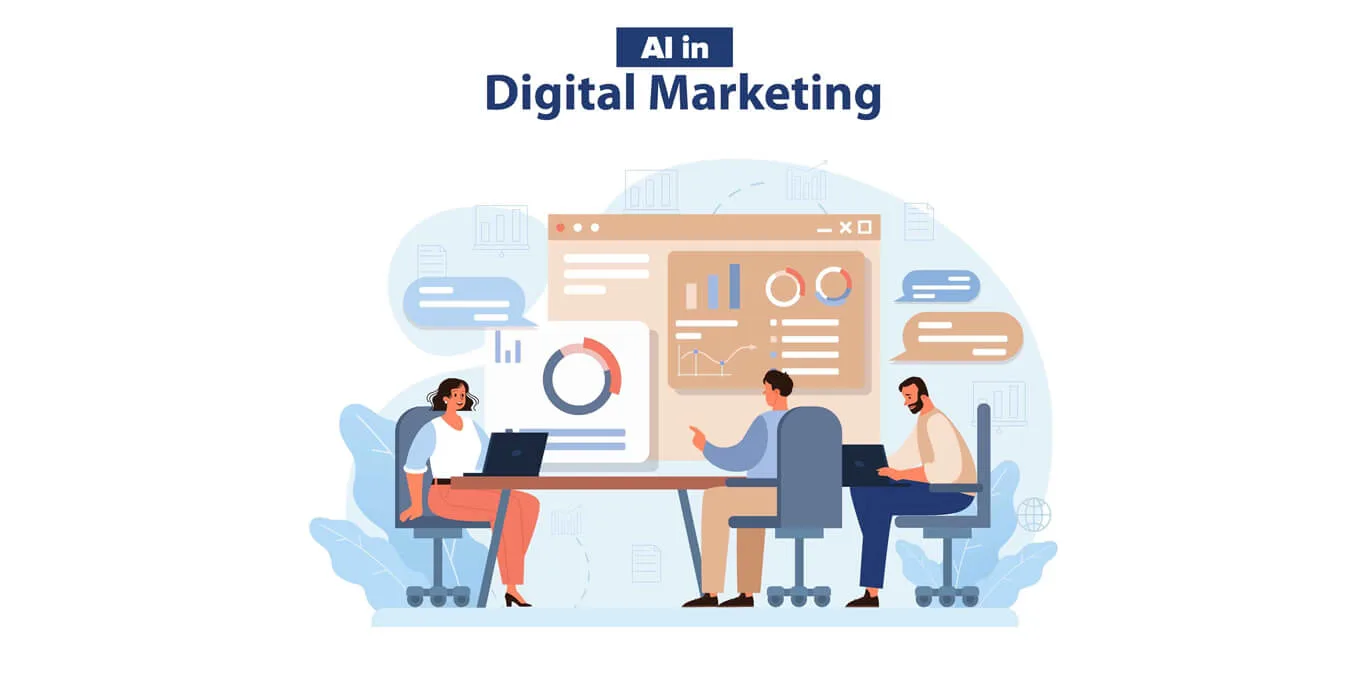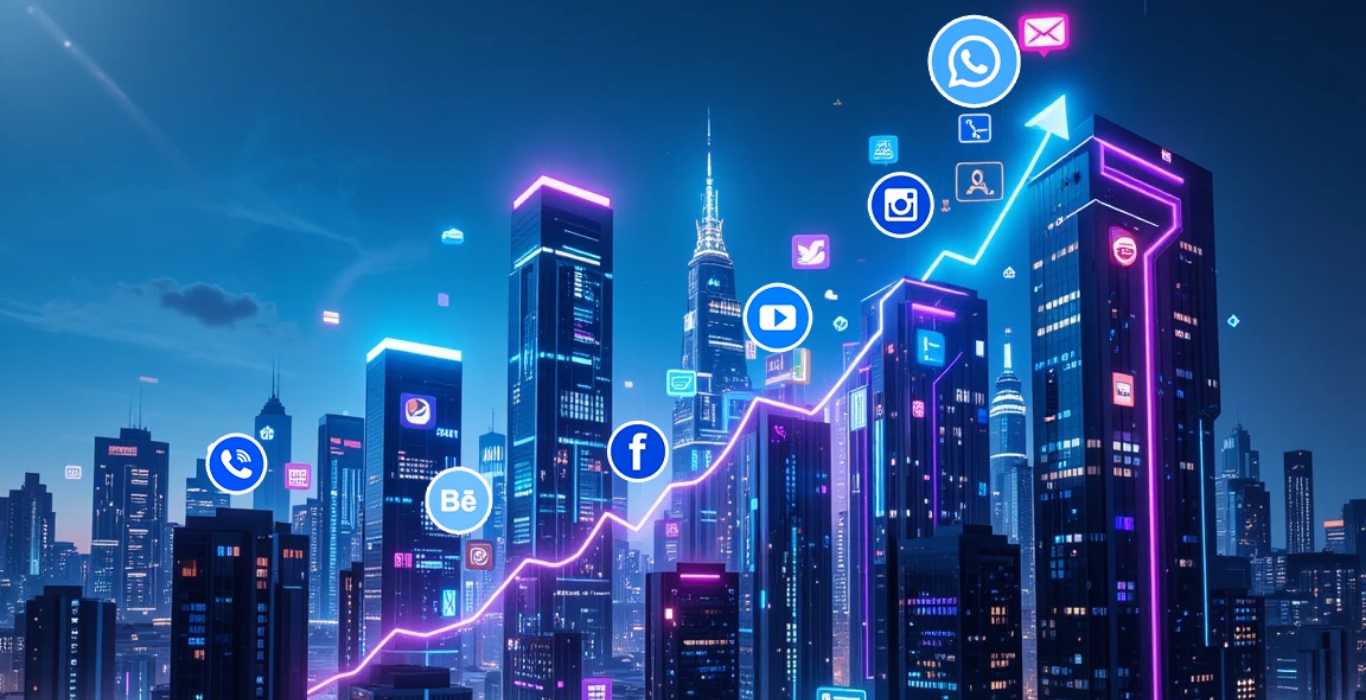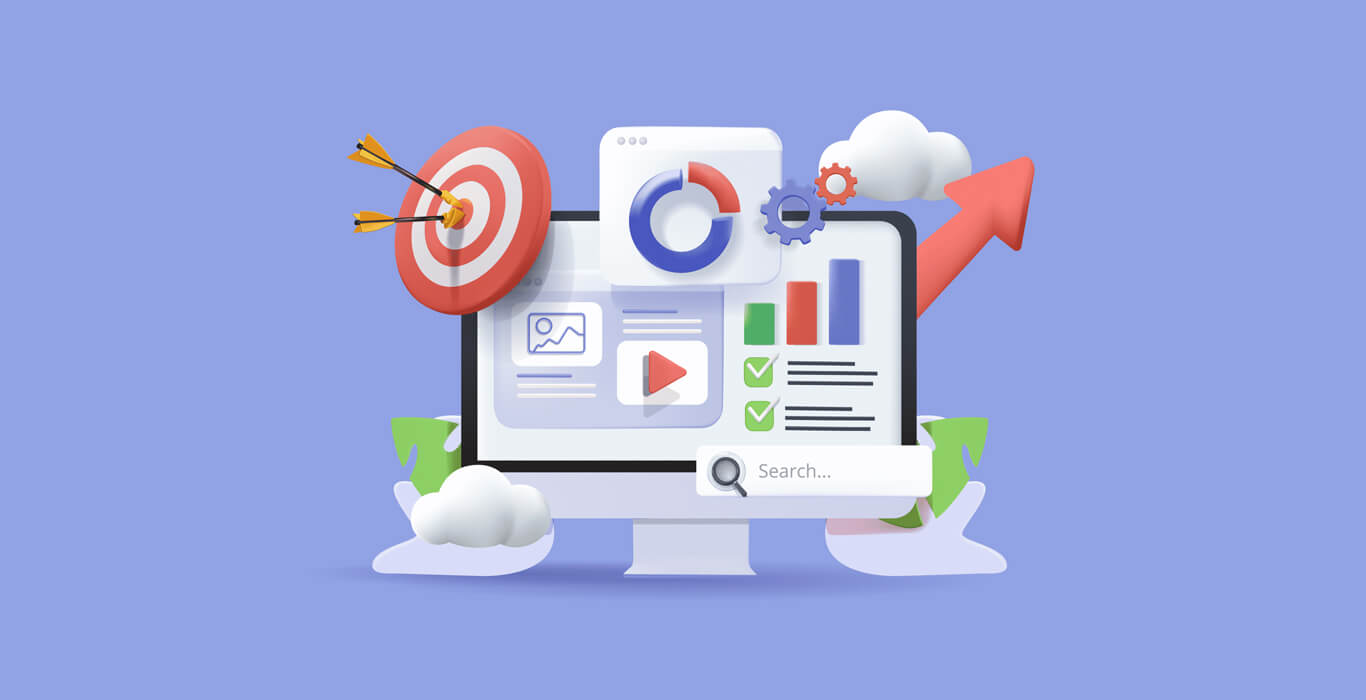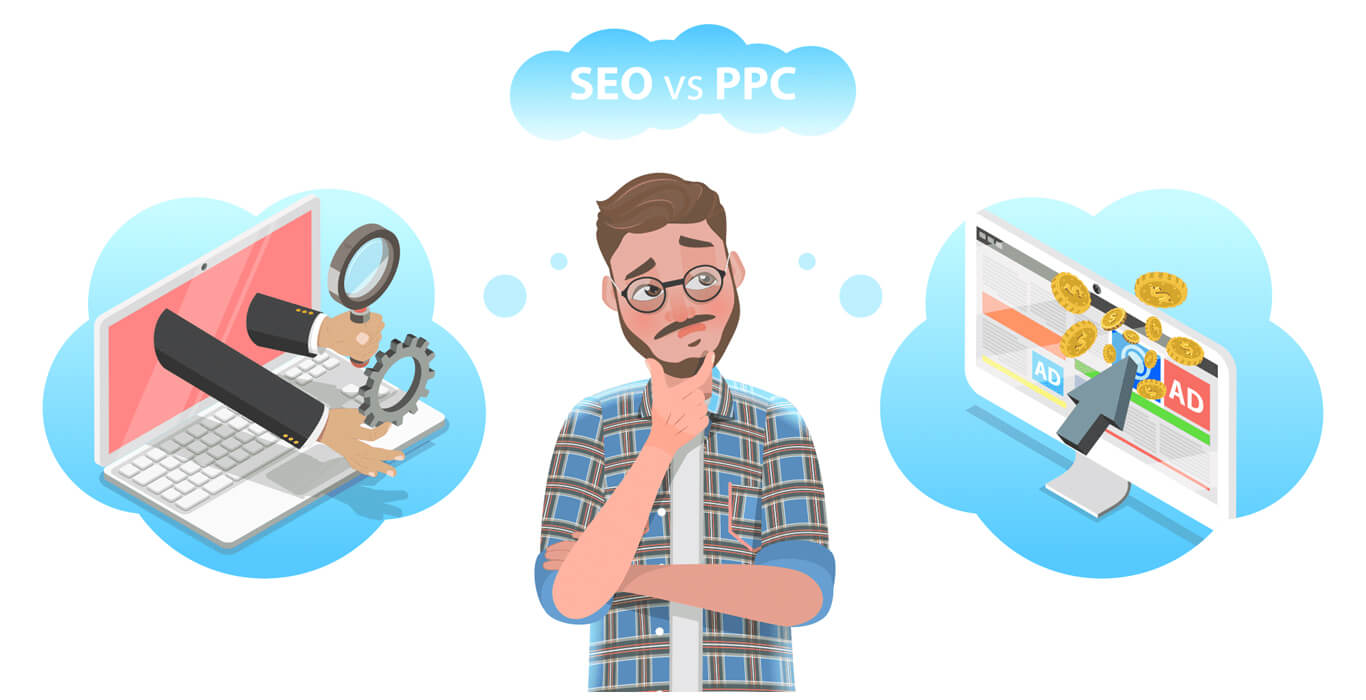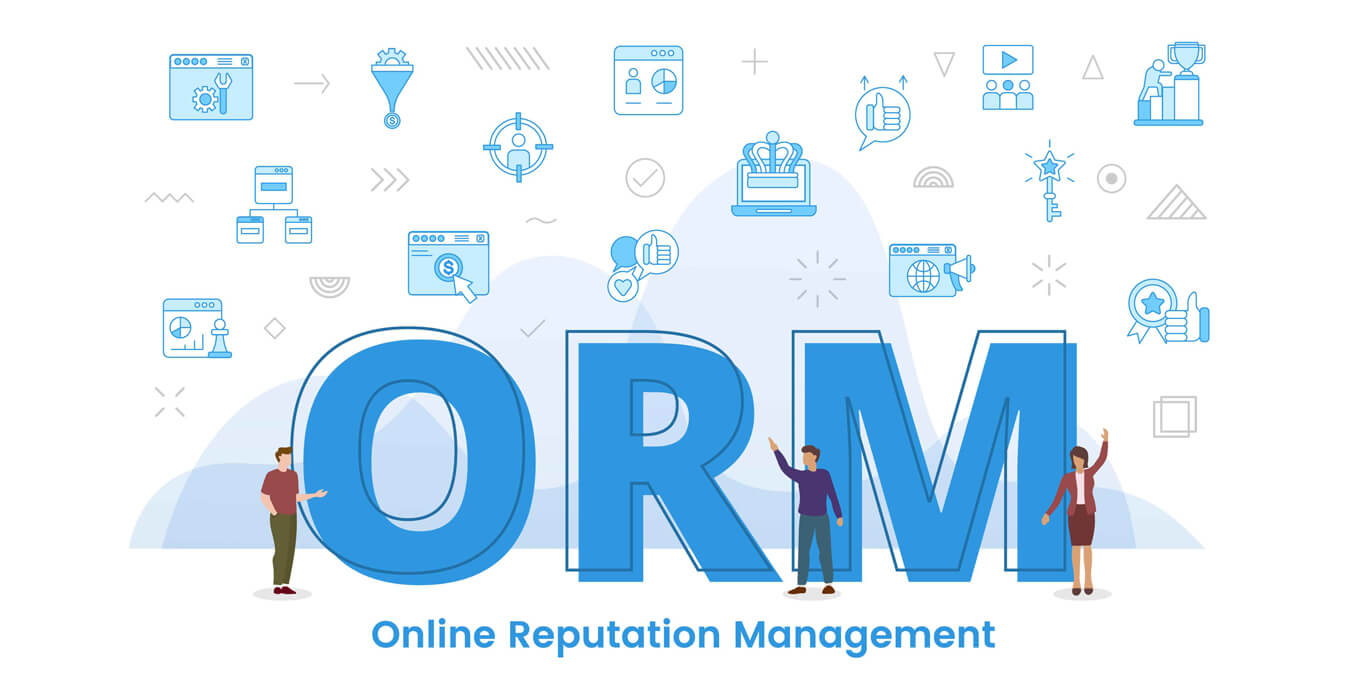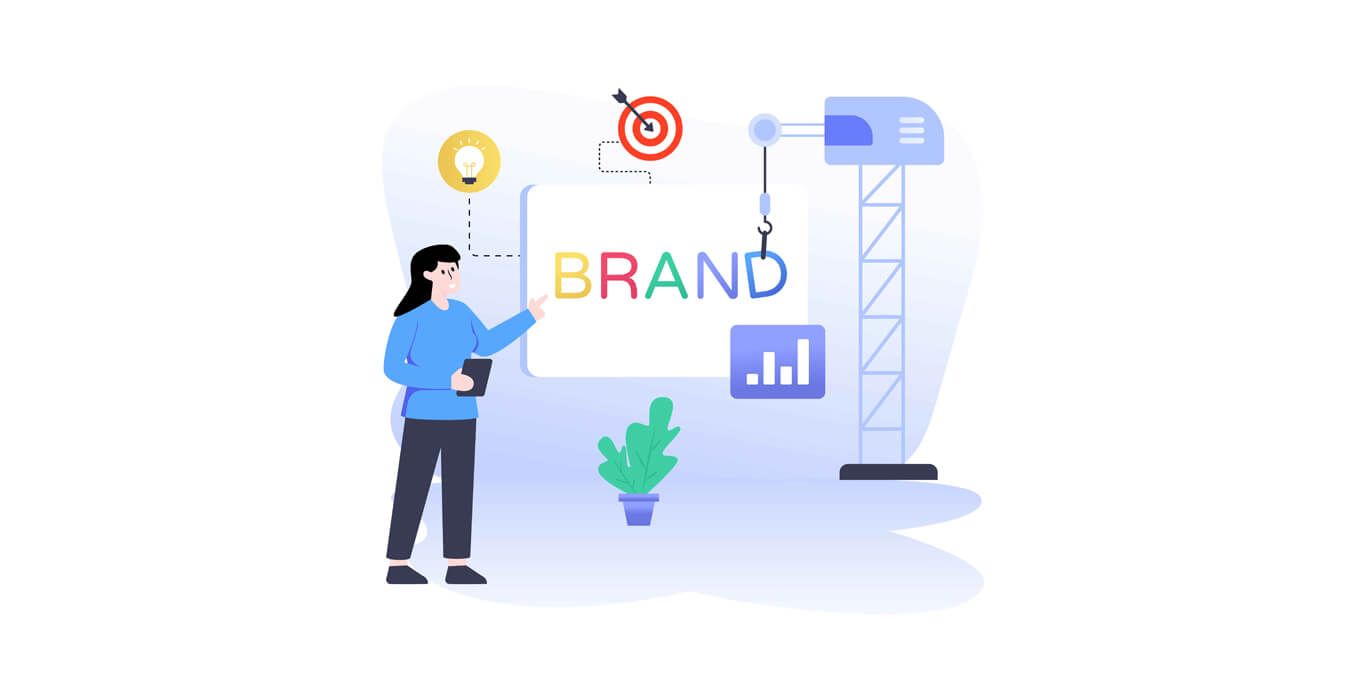4 min read
Ponder over this insightful statistic!
“Marketers using three or more channels in a campaign earned a 494% higher order rate than those using a single-channel campaign.” (Omnisend, 2022)
What does this piece of data tell you?
No matter whether you’re a conventional or digital marketing expert, or both, you’ll instantly get the sense of what this statistic is trying to convey. It impactfully emphasises the importance omnichannel marketing holds while communicating with customers.
So, what is omnichannel marketing, after all? In simple terms, it is a strategy in which you communicate and interact with your customers through various channels with the sole purpose of creating a consistent and strong image of your brand.
Wondering how you can develop a result-driven omnichannel marketing communication strategy that works? Keep reading!
5 Tips to Create a Winning Omnichannel Marketing Communication Strategy for Your Business
1.Pick the perfect platform.
- Although “omnichannel” means “using multiple channels”, it doesn’t necessarily mean you’ve to individually jump from platform to platform to facilitate customer communication. You need to choose a single right platform that can integrate all your communication channels under one roof.
- So, if you use different kinds of communication channels such as email, live chat, WhatsApp, LinkedIn, and so on, choose an omnichannel platform, which supports communication through all of them.
- Also, ensure it is as robust as possible and supports customisations too. If you decide to scale up in the future, you should be quickly able to do so.
- Some of the key factors digital marketers should keep in mind while choosing an ideal omnichannel platform include scalability & customisation features, data security, customer experience analytic dashboards, simplicity of use, etc.
2.Maintain uniformity in your visual branding strategy.
- How would you familiarise your brand to your prospects? Obviously, by making sure they immediately recognise you on seeing your logo, your colour pallet, or your brand tagline. And these, you need to keep consistent across all digital marketing channels you choose to spread your brand awareness.
- If your branding and messaging styles differ from channel to channel, you’ll have a set of confused prospects and a whole lot of lost leads at the end of the day.
- Keeping consistency in your branding visuals will add credibility to your brand and develop a deep sense of trust in your customers’ minds.
3.Voice Your Brand Through Your Employees.
- Direct interaction with customers is a very vital part of marketing communication. And here’s where your employees have an important role to play.
- Take the time to sit with your employees and brainstorm on how you want your brand voice to be conveyed across to the customers.
- If required, hold training sessions to teach them how, in keeping with the brand value, they need to greet customers; deal with angry customers; offer value-adds and add-on services; push more sales, discounted deals; and so on.
- The way your employees communicate directly with customers and help them resolve their queries has a lot to do with ensuring customer retention and loyalty in the long run.
4.Personalise your message.
- Personalising your message in omnichannel marketing communication refers to tailoring your message and content to the specific audience you are targeting and the channel through which you are communicating.
- This can include things like using different language, tone, and imagery depending on the channel and audience.
- For example, if you are targeting a younger audience on social media, you may use more casual language and emojis, while if you are communicating with a business audience through email, you may use a more formal tone.
- Personalisation can also include using customer data, such as purchase history or browsing behaviour, to create more targeted and relevant messages. For example, if a customer has recently purchased a product on your website, you may send them an email with information on how to get the most out of their purchase.
- Personalising your message in this way can help increase engagement and conversion rates, as it makes the communication more relevant and valuable to the customer. It is also important to keep the message consistent with your brand.
5.Keep upgrading your omnichannel martech stack from time to time.
- That is to say, leverage technology as much as possible. Omnichannel marketing communication involves lots of customisations and upgrades from time to time and so, don’t hesitate to integrate the latest software into your platform for more impact and efficiency.
- The more advanced tech integrations you add to your platform, the more it will become robust, easy to use, and insightful.
- At the end, it all boils down to the way buyers decipher your brand. So, DO NOT ignore this aspect.
Omnichannel marketing communication is a strategy that involves using multiple channels to reach and engage with customers. It is an effective way to increase brand awareness, drive sales, and build customer loyalty.
To be successful with omnichannel marketing communication, it is important to understand your audience and their preferences for communication channels, personalise your message, maintain consistency across all channels, and measure and adjust your campaigns based on performance.
If you need help with creating an ironclad omnichannel marketing strategy for your business, contact IKF now! Our omnichannel marketing experts can help you create customised email, WhatApp, and social media campaigns to boost your lead count.
IKF is a digital marketing agency in Pune that provides end-to-end solutions to meet all your online business goals. Call us at +91 88888 66110 or write to us at sales@ikf.co.in!


Ashish Dalia is the CEO & Chief Digital Marketing Strategist at I Knowledge Factory Pvt. Ltd.

Ashish Dalia is the CEO & Chief Digital Marketing Strategist at I Knowledge Factory Pvt. Ltd.




